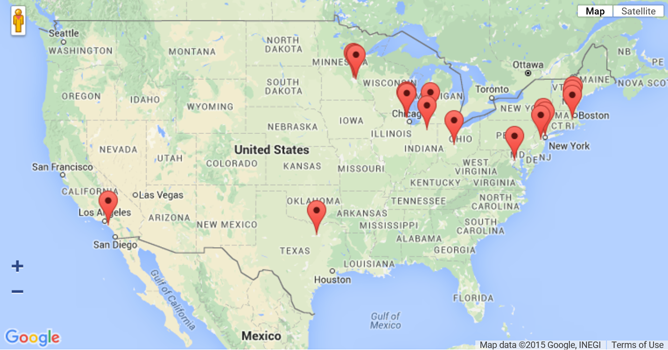Capitalizing on the U.S. Opportunity within the Global Market
Value and Size of the Medical Imaging Equipment Market
Life Science Intelligence reports that the global medical device and diagnostics market is expected to grow at 4.6% cumulative annual growth rate from 2017-2022 to $517 billion. Additionally, Medtech Insight reported that approximately 370 million noninvasive and minimally invasive imaging procedures were performed in the United States (U.S.) utilizing noninvasive and minimally invasive imaging tools. These tools are widely employed for screening, diagnostics, treatment planning, and therapy monitoring in virtually all areas of medicine including: cardiology, emergency medicine, gastroenterology, neurology, obstetrics/gynecology, oncology, orthopedics and spine, pulmonology, trauma, and urology.
Early Cancer Detection and Prevention Technologies
Cancer is the second-leading cause of death in the U.S. after heart disease. In 2017 it was estimated that nearly 1.7 million people in the country were diagnosed with cancer and that approximately 600,920 died from the disease in the same year. With the American Cancer Society (ACS) sighting breast cancer as the most common cancer among women (excluding non-melanoma skin cancers), this type of cancer accounts for more than 1 in 4 cancers diagnosed in United States (U.S.) women. However, due to the increased awareness, availability, and adoption of highly effective breast cancer screening technologies, the average 5-year relative survival rate for early stage, localized breast cancer now approaches 100%, emphasizing the importance of early breast cancer detection and diagnosis.
As the population continues to age and the number of new breast cancer cases increases, the renewed importance on lowering healthcare costs will result in increased utilization of cost-effective, accurate, early cancer detection and prevention technologies. Next-generation imaging technologies that help lower the number of unnecessary biopsies while allowing for earlier detection with increased sensitivity and specificity over conventional mammography will be willingly adopted, and minimally invasive biopsy and genetic testing will continue to flourish. Minimally invasive biopsy systems will be increasingly preferred over open biopsy due to the ability to lessen patient disfigurement and pain.


